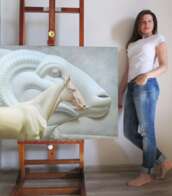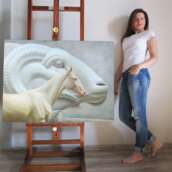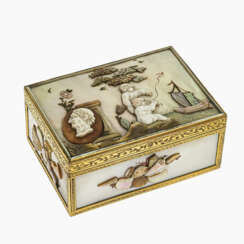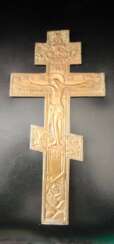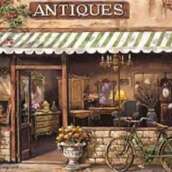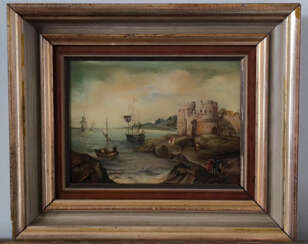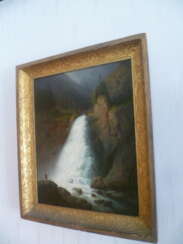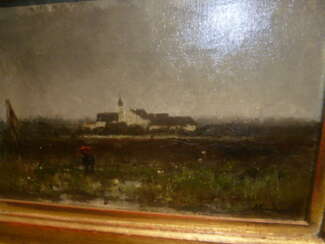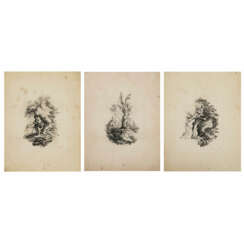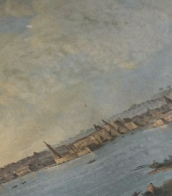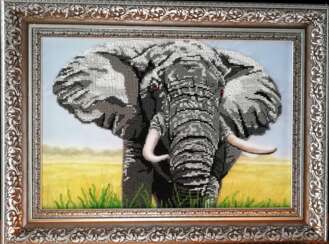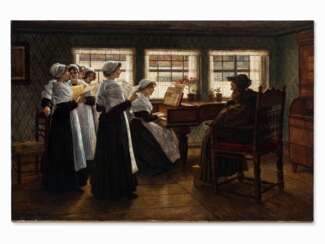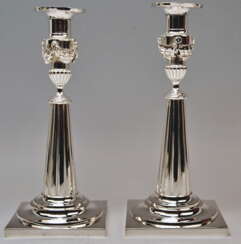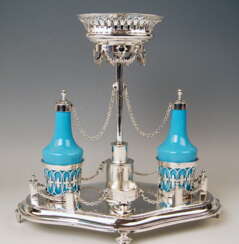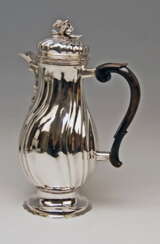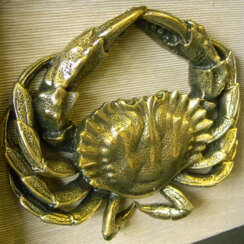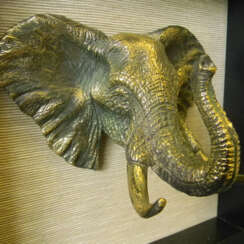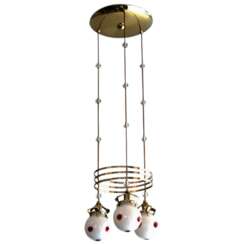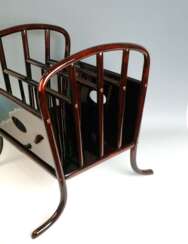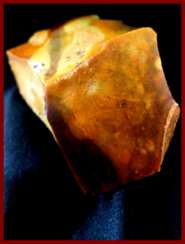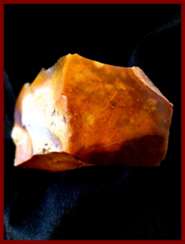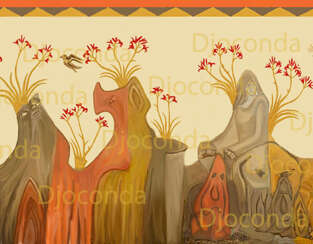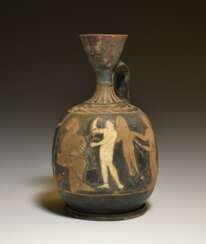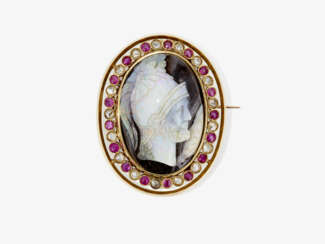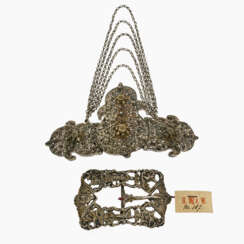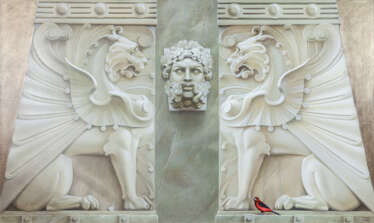kunst der antike
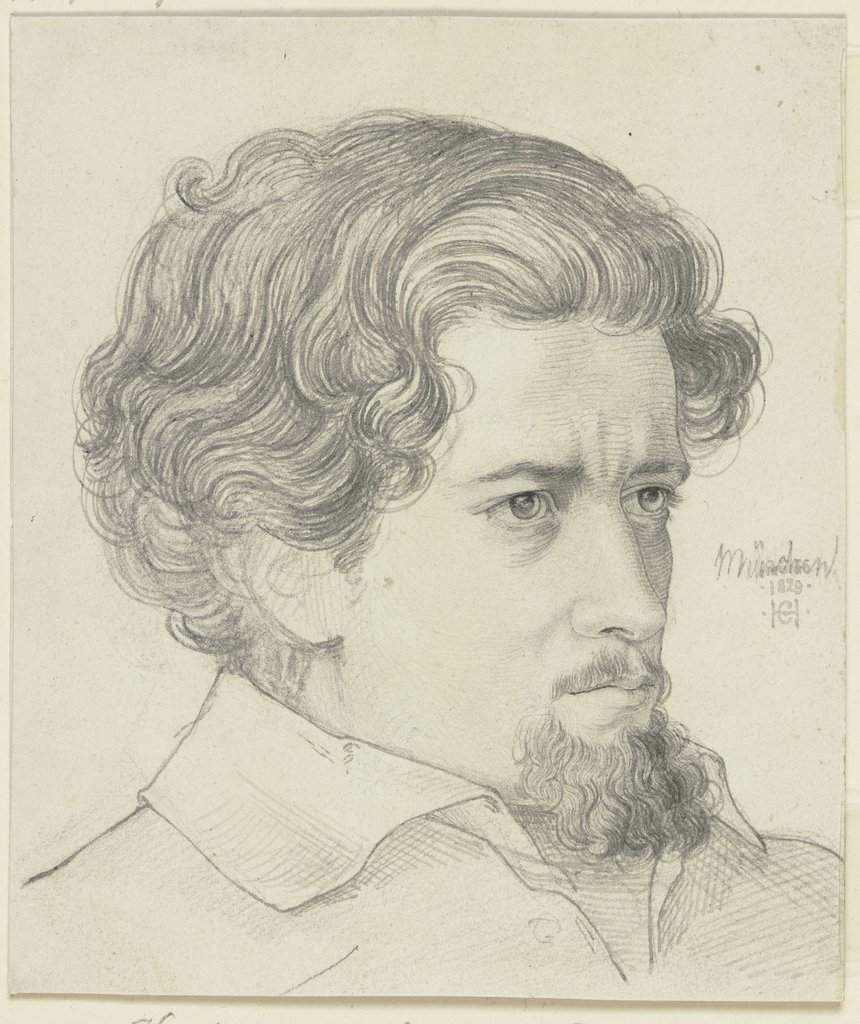
Kaspar Heinrich Merz was a Swiss draftsman and copper and steel engraver. From 1821, with the help of "a few patrons", he was "apprenticed" to the copper engraver Johann Jakob Lips in Zurich for four years. He also worked as an engraver for the magazine Historical Entertainment. Merz had also acquired a reputation for his color engravings, some of which he created over years of individual work.

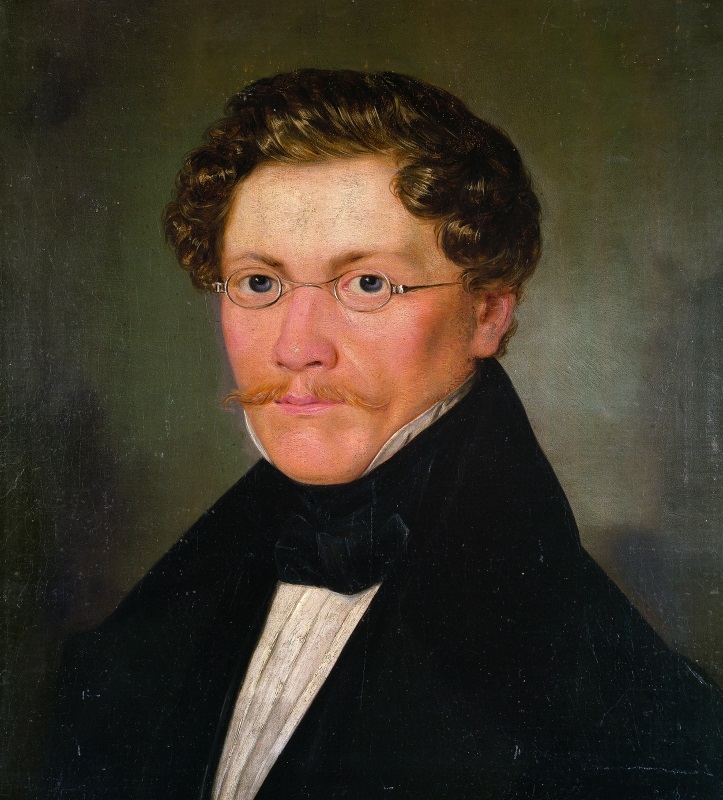
Carl Spitzweg was a German romanticist painter, especially of genre subjects. He is considered to be one of the most important artists of the Biedermeier era.
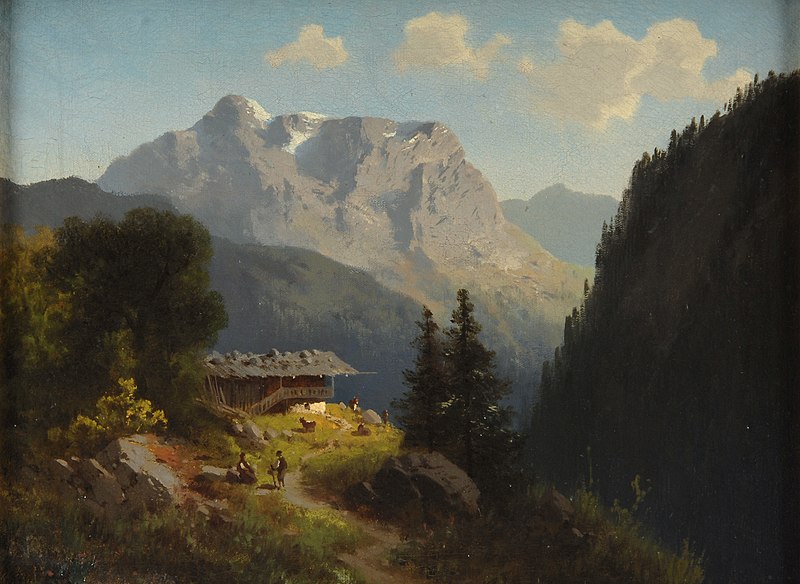
Anton Windmaier is a German landscape painter known for his paintings of landscapes in inclement weather.





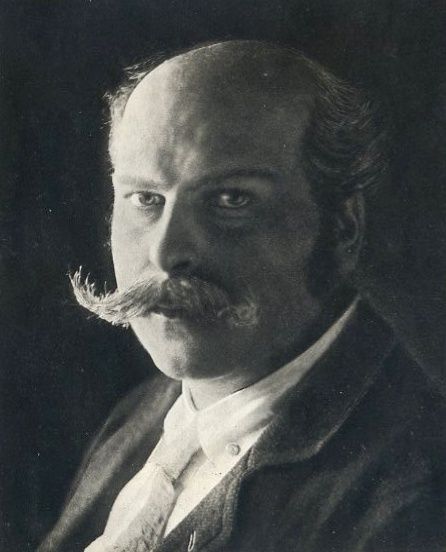
Walter Firle was a German painter of the late nineteenth and first third of the twentieth centuries. He is known as a portrait and genre painter.
Firle was the author of a number of genre paintings and paintings on religious themes. Among his famous portraits are depictions of royalty, nobility, and famous personalities, including Prince Regent Luitpold of Bavaria, Ludwig III (King of Bavaria), and German Reich President Paul von Hindenburg. Several of his works were acquired by the National Gallery of Berlin. A portrait of Ludwig III was featured on a series of Bavarian stamps.
Firle was a professor at the Academy of Fine Arts in Munich and a member of the Munich Artists' Association.

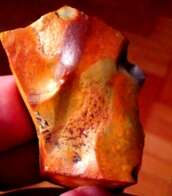







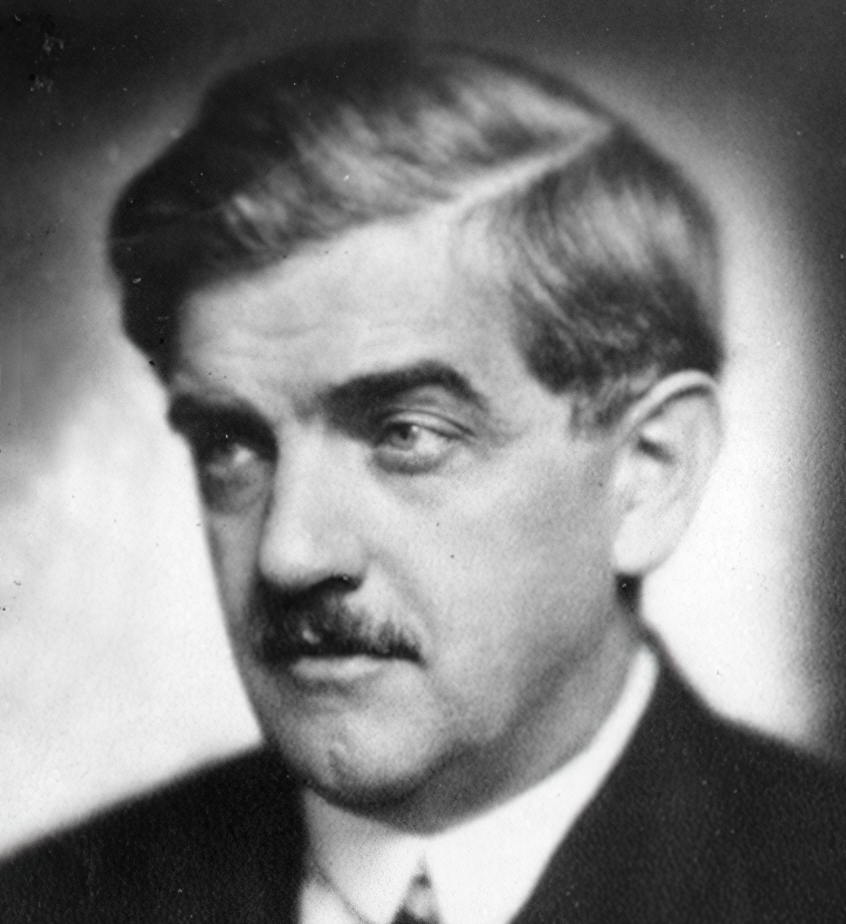
Otto Prücher was an Austrian architect and designer who worked in the Vienna Secession style.







